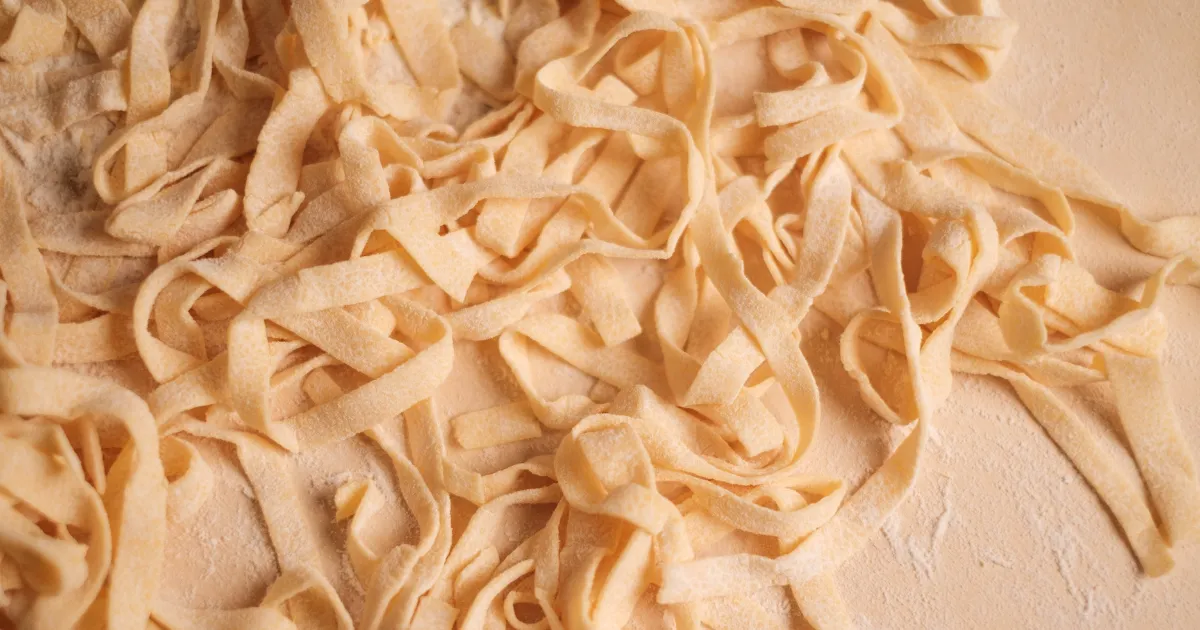Continuous mixing for grain-based products
Grain-based production demands precise control over hydration, dough consistency, and ingredient distribution, while ensuring stable processing and minimizing waste. Continuous mixing enables consistent product quality at industrial scale, reducing processing time, and allowing faster cleaning compared to traditional batch methods.



.webp)

.webp)